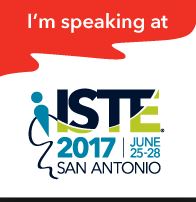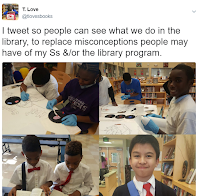During the summer, I had a chance to share information regarding the project based learning (PBL) activities I worked on with students last year. One of the PBLs I worked on involved an artist and an organization called Young Audiences of Maryland.
Young Audiences of Maryland (YAMD) is an organization that offers
schools the chance to request various artists and performers for school
assemblies, workshops, and residencies, the organization reached out to me to
share an opportunity. Each year, they offer schools in Maryland a chance to apply for a residency program. Last year, I applied and our school was selected.
First, were a series of meetings which allowed me a chance to meet
the artist with whom I was paired. My partner was McKinley Wallace, a
painter. During the meetings, we shared our visions, meshed our ideas,
and planned a series of lessons. YAMD did a wonderful job of preparing the
artist with the expectations of sound lesson planning, as well as preparing me
with knowledge of my role during the residency process.
Next, Mr. Wallace met with the students before
the lessons officially began. He introduced himself and shared the proposed
outcome of the lesson. During the visit, the students had a chance to
share information they had learned in previous lessons related to bullying.
This information was used a foundation for the four-panel mural that was
created. During a series of five lessons held in the library, the students
were introduced to the basics of art and were able to apply their knowledge to the mural
design.
The result was a beautiful four-panel mural which depicts four
types of bullying: cyber bullying, verbal bullying, physical bullying, and
isolation. During the process, the students showed growth and it was a
wonderful way to work with a classroom teacher that I had not had a chance to
collaborate with in the past.
The PBL also enhanced the perception the students and the classroom teacher had of the library program in our school. Instead of seeing the library as just a place to store books,
the students and classroom teacher found the space inviting and realized that the library was not just a place to store books but a place where they could be creative and express themselves using art.




















